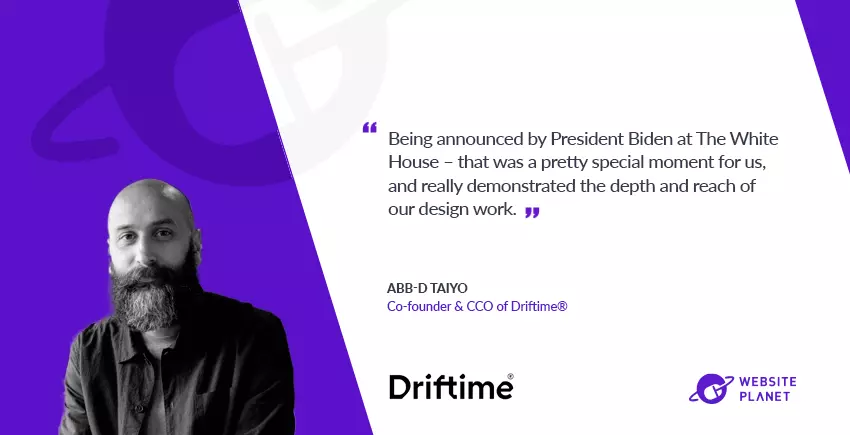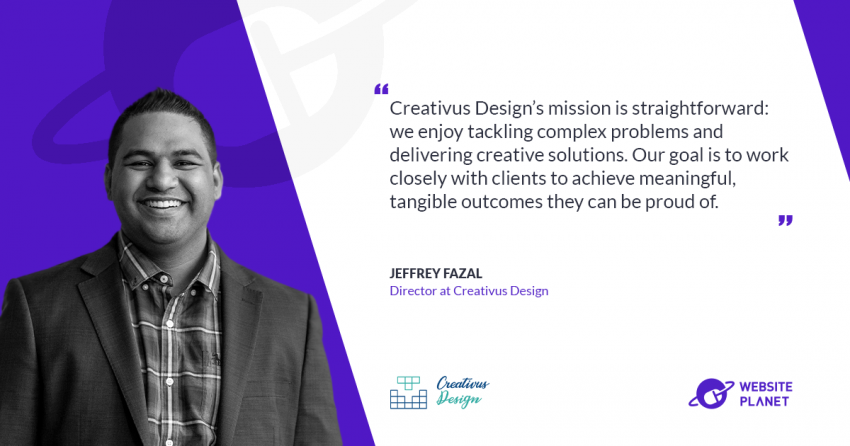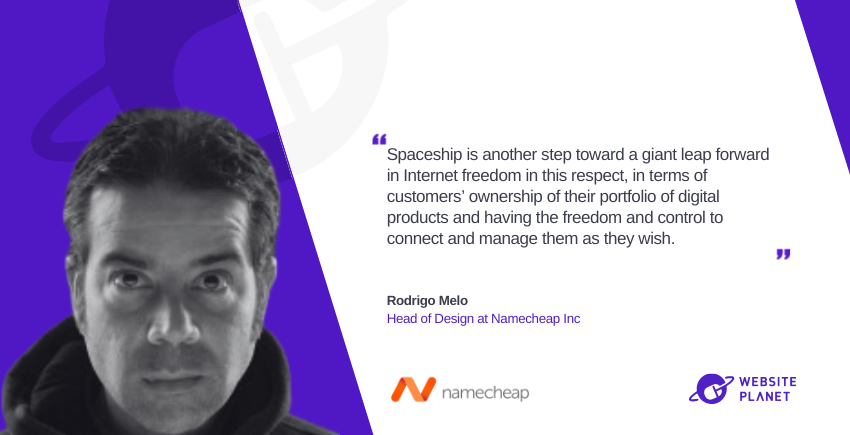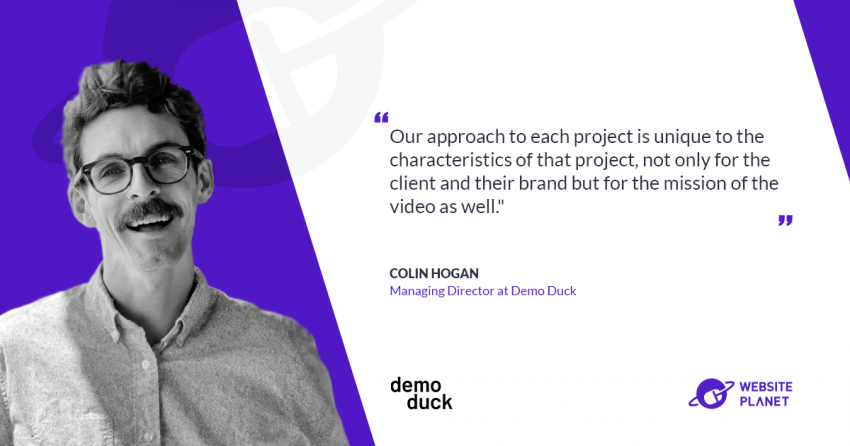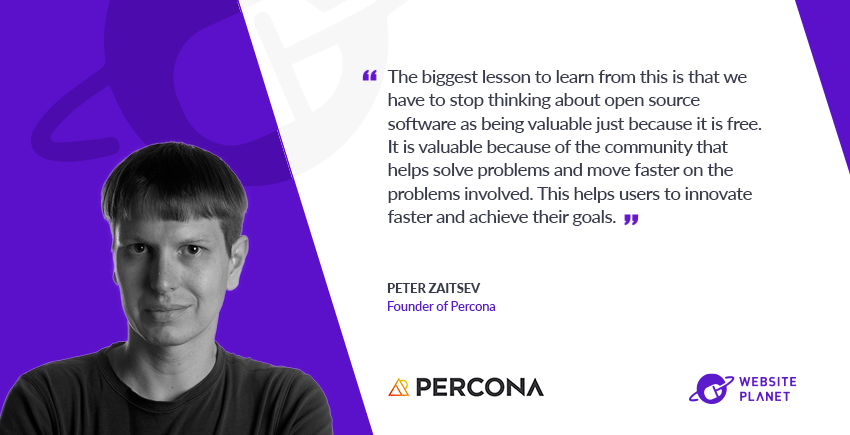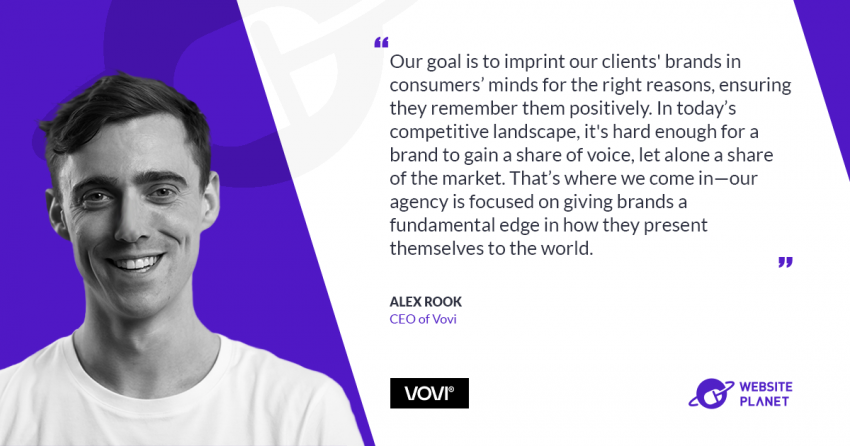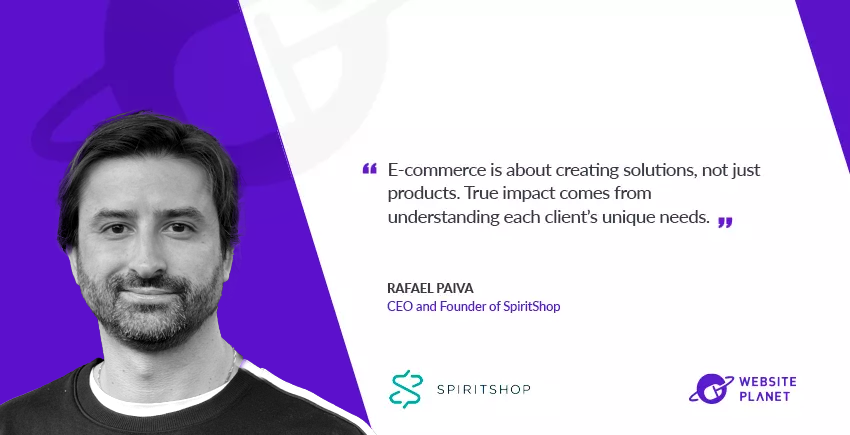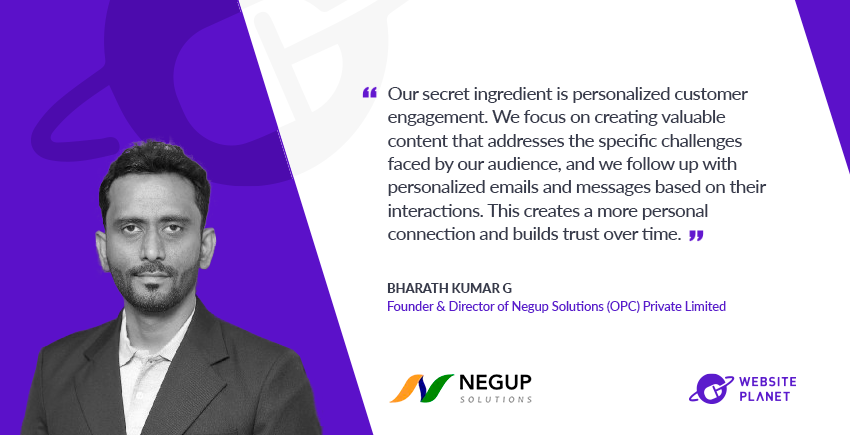In this interview series by Website Planet, I talk to executives from the best digital companies, who share their stories, tips and perspectives on what it really takes to create a successful website and online business.
A deep dive into decades of hands-on experience and technical expertise to learn untold truths and practical advice that will immediately help you build and grow your website.
My guest today is Abb-d Taiyo, Co-founder & CCO of Driftime®, an impact-driven digital design agency with nearly 10 years of operation, 90% staff satisfaction rate, and numerous global partnerships with organisations focused on environmental and social impact.
Before founding Driftime, Abb-d Taiyo had co-founded multiple businesses, such as Curate Labs and The Annual Digest. Prior, he has held senior positions in several other firms, such as global marketing agency, Jellyfish. On the side, he is also a founding signatory and co-steer of Design Declares, an initiative addressing the climate emergency through design and advocacy.
In addition to his professional roles, Taiyo engages with community initiatives, such as Art Not Evidence, which seeks to influence legal proceedings regarding the use of creative expression in court.
Read on to learn about:- One crucial yet overlooked tip for designers starting an agency
- The problem with the growth mindset
- The real metrics for agency success
- Industry transparency vs business transparency
To start, tell us briefly about you. What is your current role at your company, and what are the measurable achievements you are most proud of?
I’m the CCO of Driftime®, a B Corp and digital design and impact agency working with progressive brands and businesses to build an impact-driven digital future. To put it simply; we create digital platforms that empower good decision making, and lead to real impact for people and planet. It’s no mean feat to measure the impact of our achievements in design, but a real highlight would be our work with QUIN (the Quad Investors Network) being announced by President Biden at The White House – that was a pretty special moment for us, and really demonstrated the depth and reach of our design work. Our work with long-term partners like Only One are also filled with great facts and figures – they have seen numerous ocean policy changes resulting from our petition and interface designs, as well as a 48% increase in engagement for 2023, from 819,754 to 1.22 million interactions.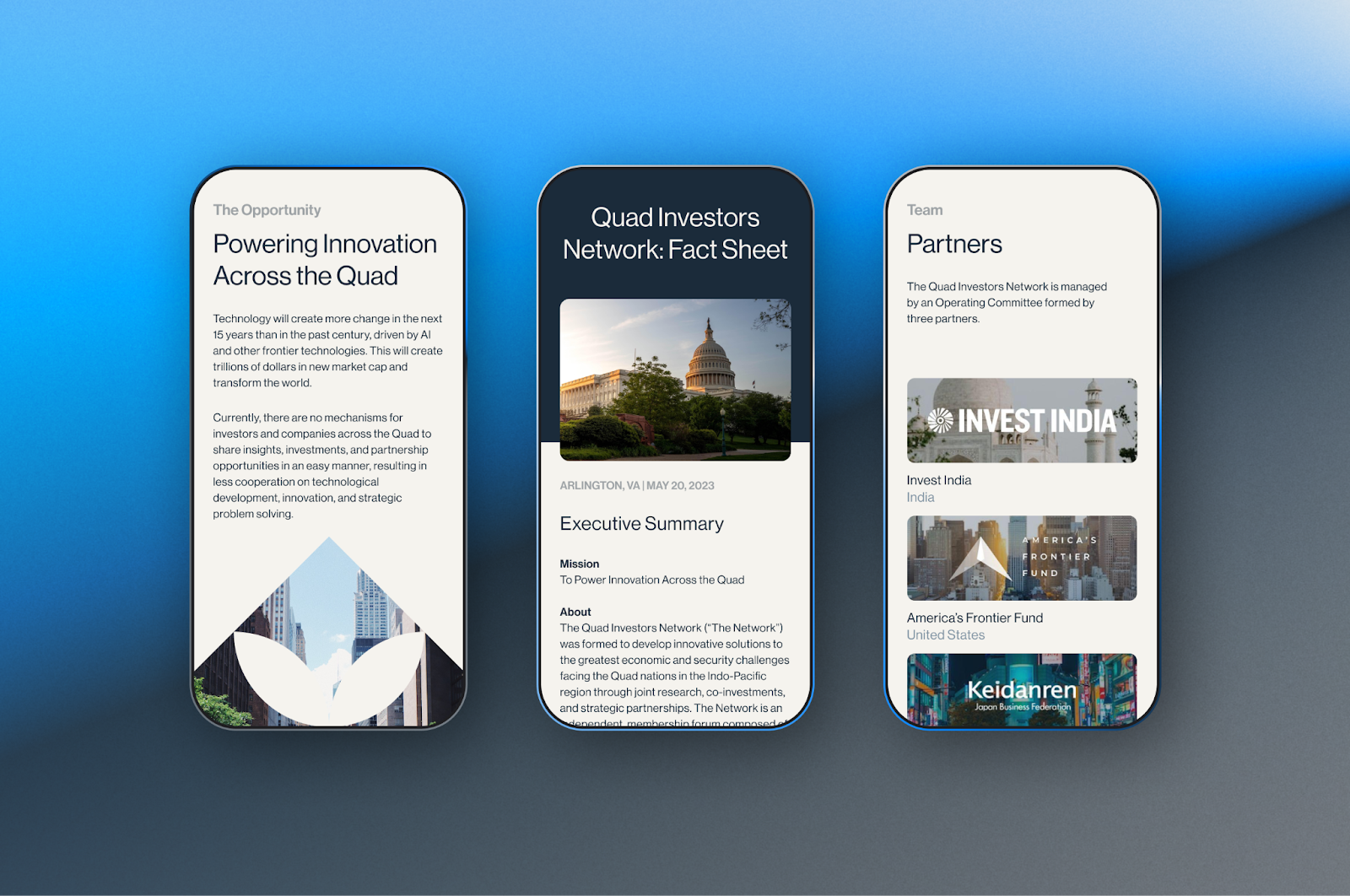
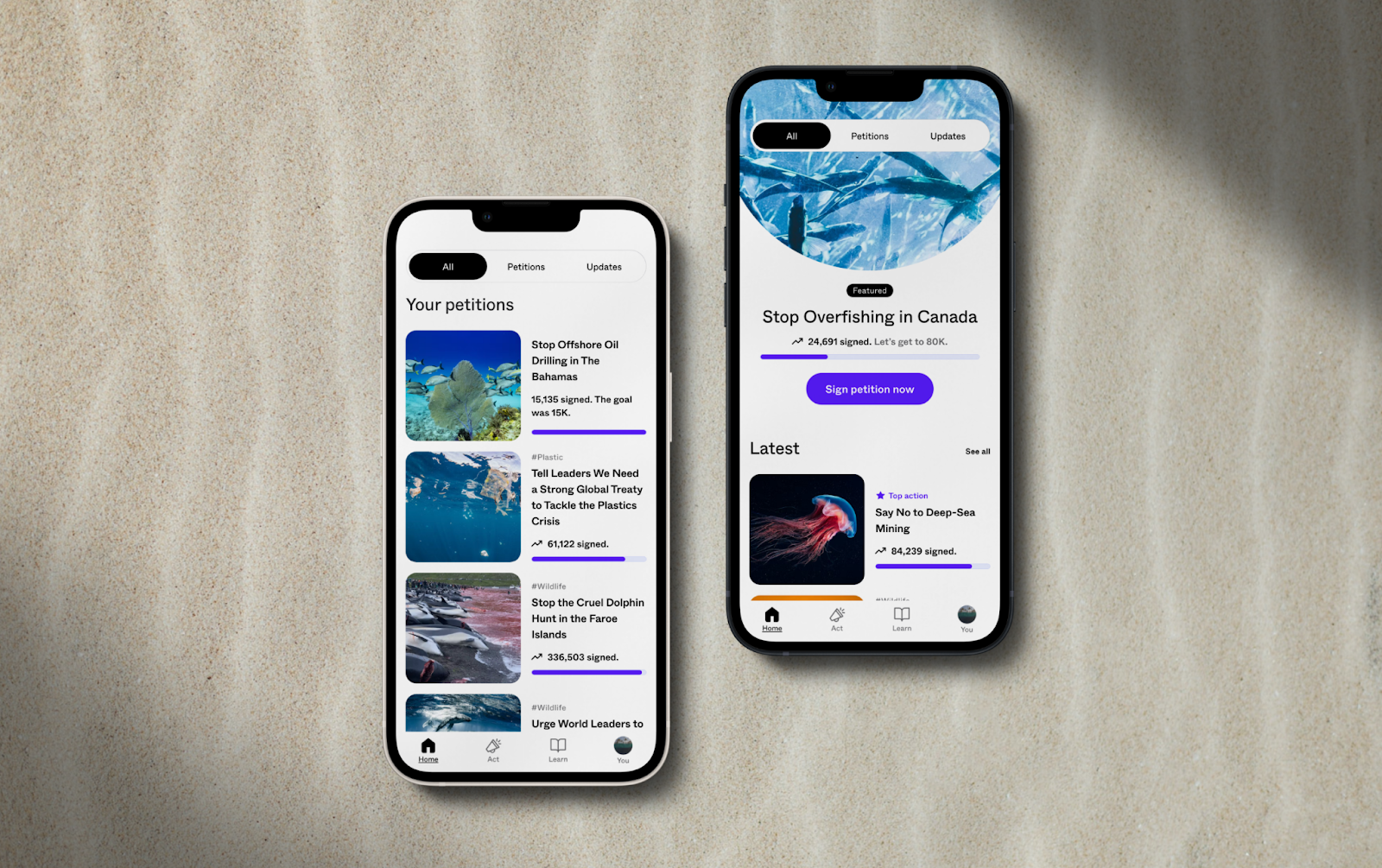
What pain point(s) do you solve for your customers? What was the “aha Moment” that led to the idea? Can you share that story with us?
We’re very meticulous about who we partner with, exclusively working within the three pillars of sustainability and with forward-thinking organisations, so the pain points our clients experience tend to be quite specific. For many in this space, the thought of balancing purpose and profit is more than a pain point; it’s totally unachievable. We don’t believe this has to be the case, and have worked hard to demystify the myth of compromise in favour of impact-led change empowered by digital design. One example would be ocean conservation not-for-profit platform Only One, who we’ve been working with even before their launch in 2020. Ever since the early days of our working relationship, we’ve helped them grow a movement of over 2 million activists, and advanced over 40 advocacy campaigns with 65 global partners. In 2023, Only One raised $4.20 million through individuals, $1.6m through foundations, $1.49m through crowdfunded impact and $568k through corporate events. We’ve helped them every step of the way through design, development, brand, and storytelling, proving that it’s absolutely possible to generate significant funds whilst doing good for people and planet.“Working with Driftime continues to be a rewarding experience that delivers above our expectations. The Drifteam have added tremendous value across a diverse set of projects at Only One – bringing their thoughtful approach, strategic experience, and creative flair to every aspect of our work together.”Another example would be shuddl., an innovative technology company that provides an AI-powered logistics marketplace for businesses to move cargo sustainably by repurposing wasted space in trucks already in transit. We worked with them to enter the market for the first time through branding, storytelling, digital design and positioning, with the response to their launch leading to a first year revenue of $7.8M with no outside funding.
Dorothy Sanders, Head of Design & Experience at Only One
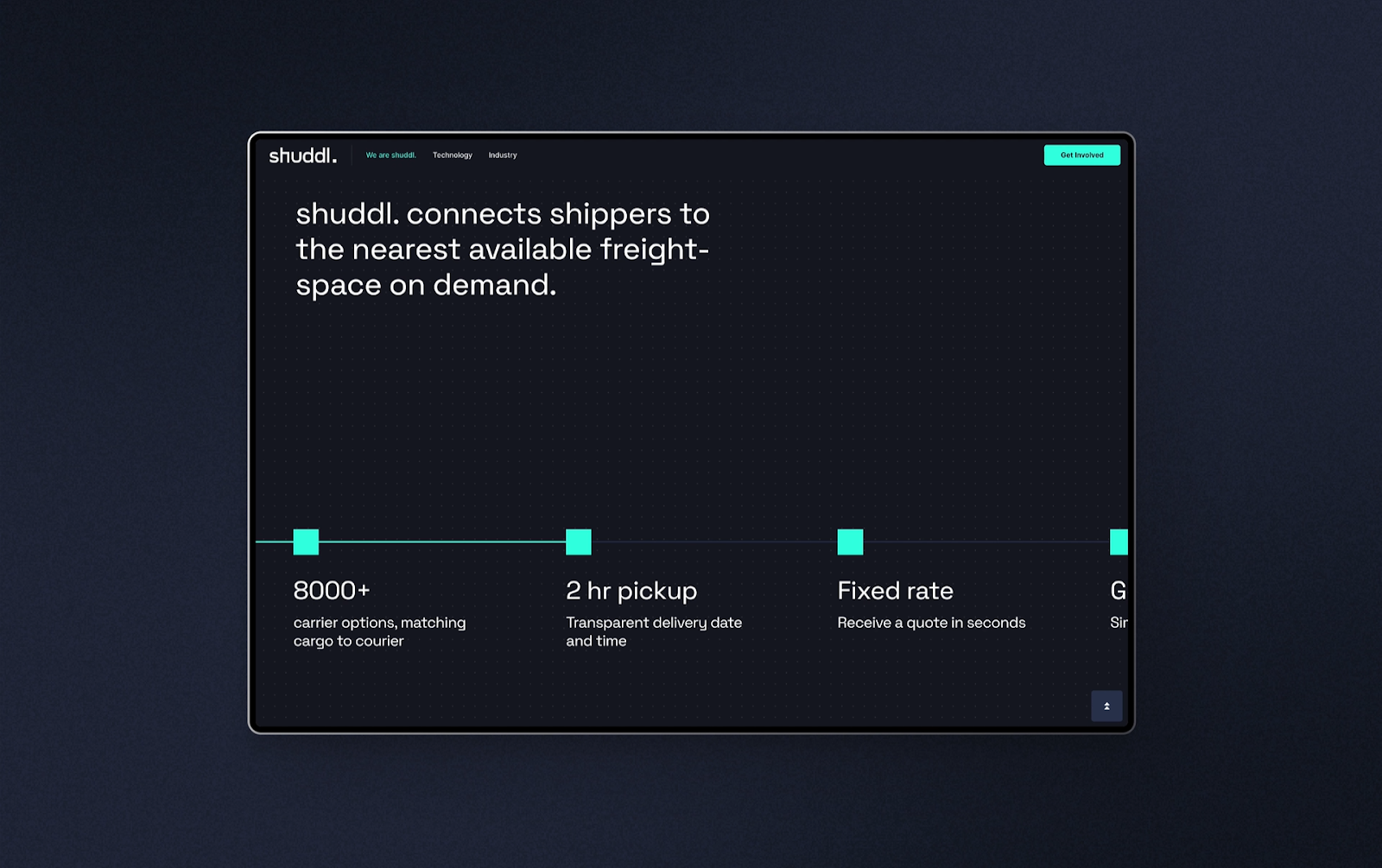 This idea really came to a head in 2019 when we pivoted from being a generalist studio with a wide breadth of different clients to a specialist digital design and impact agency with a narrow focus. In that transition we matured, gaining the confidence, confirming our capability, and establishing our authority to deliver our offerings to a very high standard, without compromising our purpose in the face of profit.
This idea really came to a head in 2019 when we pivoted from being a generalist studio with a wide breadth of different clients to a specialist digital design and impact agency with a narrow focus. In that transition we matured, gaining the confidence, confirming our capability, and establishing our authority to deliver our offerings to a very high standard, without compromising our purpose in the face of profit.
What do you think makes your company stand out? What are you most proud of?
The Drifteam make Driftime, and our company culture is something that’s been recognised time and time again for its enduring commitment to supporting our team in a way that suits them individually. We’re known as the company that no one has ever left, having retained each and every one of our employees since 2016 with a high staff satisfaction rate. An unusual feat in this rapid digital economy we are caught up in! Another aspect of our company which we pride ourselves on is our values and integrity – we routinely put morals before money and balance purpose with profit in a way that feels authentic and meaningful. Empowering the impact of our partners through digital design often leads to open conversations with the full team about who we work with and how we work with them – we’re willing to take risks, and often work with clients beyond the “billable hours” that typically get allotted to facilitate the potential for real impact. We have skin in the game.🏆 Driftime® has been named Top Creative Company by It’s Nice That and If You Could, with an honorary win for their company culture.
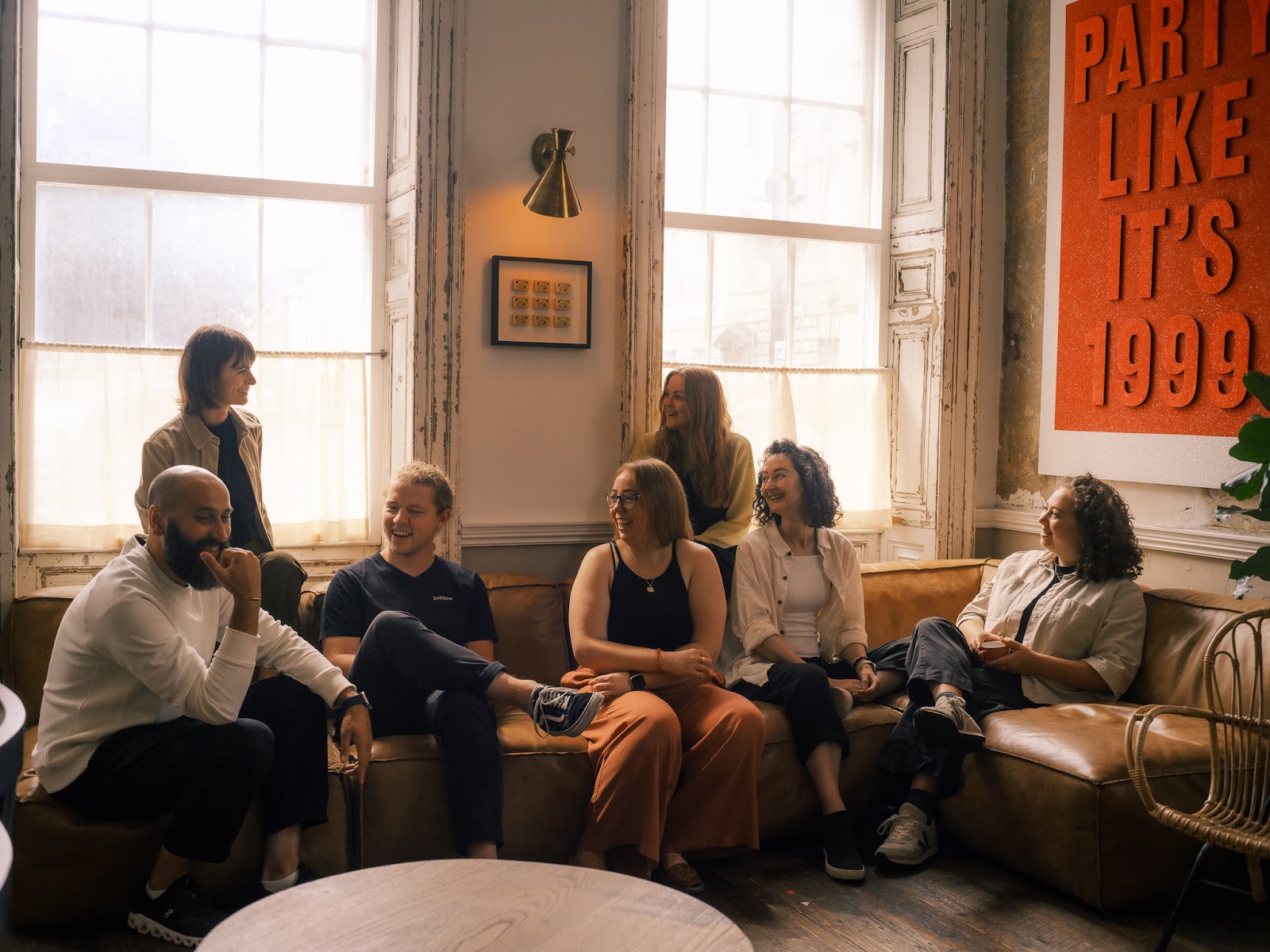
From your experience, what are the most important things to build a highly successful website and online business? Please explain each in detail.
We don’t define success through the usual metrics of conversions on the website or through capturing engagement data. We think of success as having a high reputation, authority, and credibility in the industry, helping to build trust with our community and the industry at large. The highest measure of success is to not have to convince someone to work with you, which is why we are incredibly selective with who we work with and have a specialist focus in digital design and impact – our partnerships just make sense. From a business perspective, we lean into the idea of not looking for projects but instead looking for partnerships, specifically long-term partnerships. In most cases, we’ll take a financial hit in the first instance to build our relationship, but by helping to create that first ripple of impact, it often leads to more impact as the partnership and work grows. Even if that episode of work ends there and we lose out; that’s also a success for us – it’s proof that we’ve empowered their impact even on the micro.What’s the one key lesson you’ve learned about building a website and business that you wish you knew when you started? What’s the story behind this realization?
Everything is living and breathing. From the website to the business as a whole, everything requires constant work to match the rapid rate of change in the industry. We always knew that our work needed constant iteration, but we weren’t as able to articulate it in the early days. From my personal perspective as a self-taught designer with no formal training, there was also a lot of business acumen I had to learn which is something I had no experience with in the beginning. Transitioning from a design background to a business mindset was a big shift and required a lot of learning. If I was starting the business now, the first thing I would do would be to instill processes quicker and more efficiently. In the beginning we were responding to things in quite an ambient, ad hoc manner that didn’t adhere to any kind of established system. Creating those seamless processes sooner would have made things a lot easier for us in the long run. Another thing I would do is not be afraid to build a team of the right people quicker – early on I latched onto this idea that things had to be of a certain standard, a standard that only I could meet. Once I let other people take the reins, I realised that they can often do it even better than I can. If I’d let go of that belief sooner, it would have freed me up to learn more of the business acumen I was lacking and initially disliked, but have grown to love.Is there any advice you’ve received in your career that you now wish you never followed? What happened?
It’s not a specific piece of advice, but within the industry, it’s expected that businesses chase this idea of rapid growth that leads to a higher valuation of the business, and an eventual exit with a hefty golden handshake. That famous “five year exit plan” is a really awful framework that plagues the industry and is something we’ve deliberately steered clear of. Instead, we’ve always leaned into this idea of building a multi-generational business with a legacy well beyond us as co-founders. We’re rejecting this idea that a business has to be solely profit driven, instead embracing a focus on people, community, and impact on the planet. We’re in it for the long run.Based on your experiences, what trends and technologies are currently underestimated or overlooked, but can significantly impact your industry? How are you going to adapt?
I think the sense of collaboration within the creative space – as a remote company we use digitally interactive and collaborative tools like Figma and Notion which aren’t necessarily underestimated or overlooked, but they have significantly influenced the industry. The lessons and learnings that can come from understanding how a successful business operates can have a huge impact on the internal and external performance of your business. This is something we’ve explored by creating our Kits, reframing industry “secrets to success” as open-source processes that can be emulated with real, tangible results. It’s a case of championing this idea of industry transparency rather than business transparency – these are more than trends and technologies, these are legacy processes with significant impact.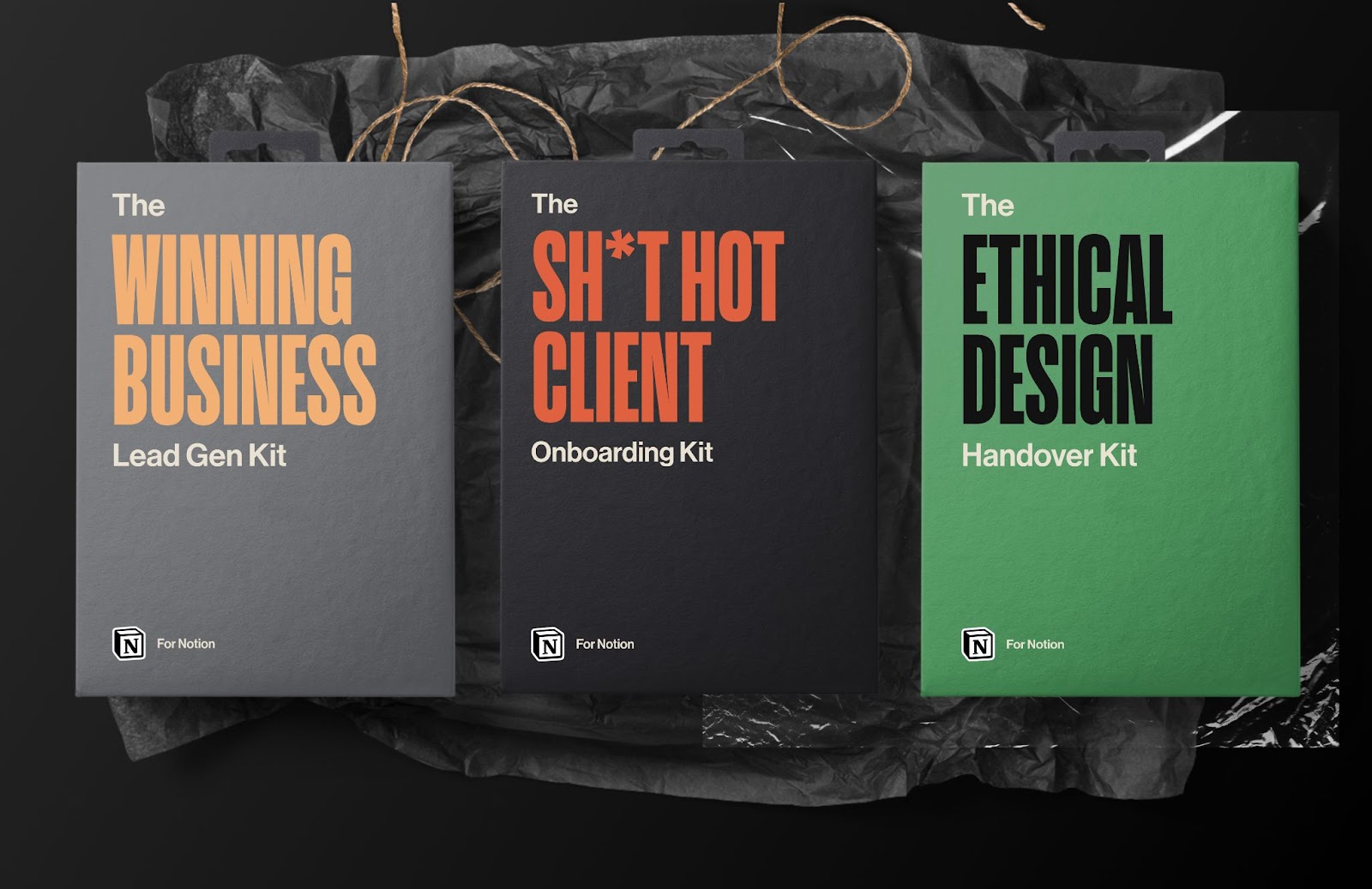
Time is money, right?
Then $97 to save up to hundreds of hours of your time is a greatly positive ROI.
Take Driftime’s tools and processes for a spin. You can set them up in seconds and there’s a 7-days 100% refund.
Just paste this URL in your browser: https://kits.driftime.com/
Or simply google “Driftime kits”
